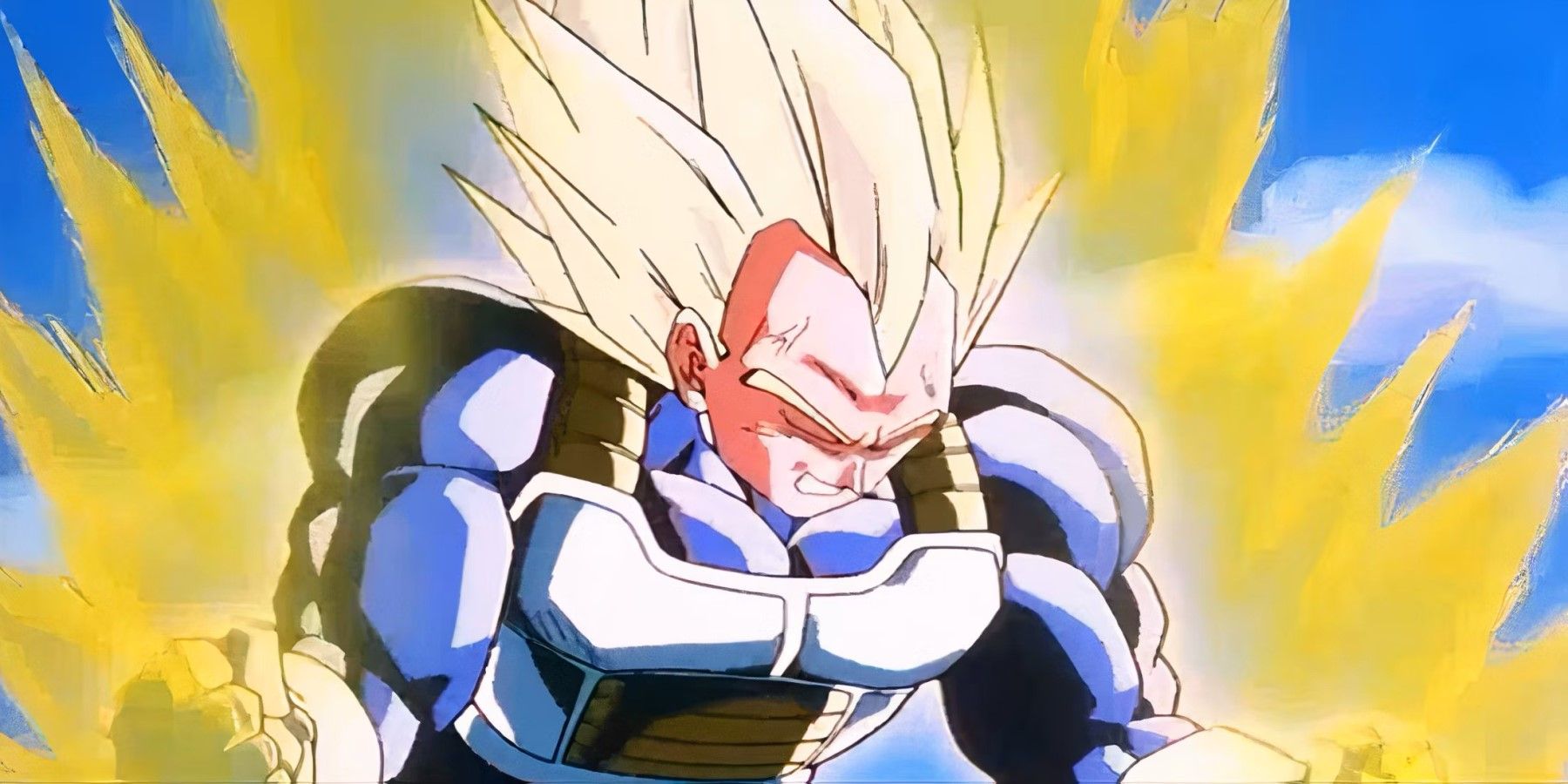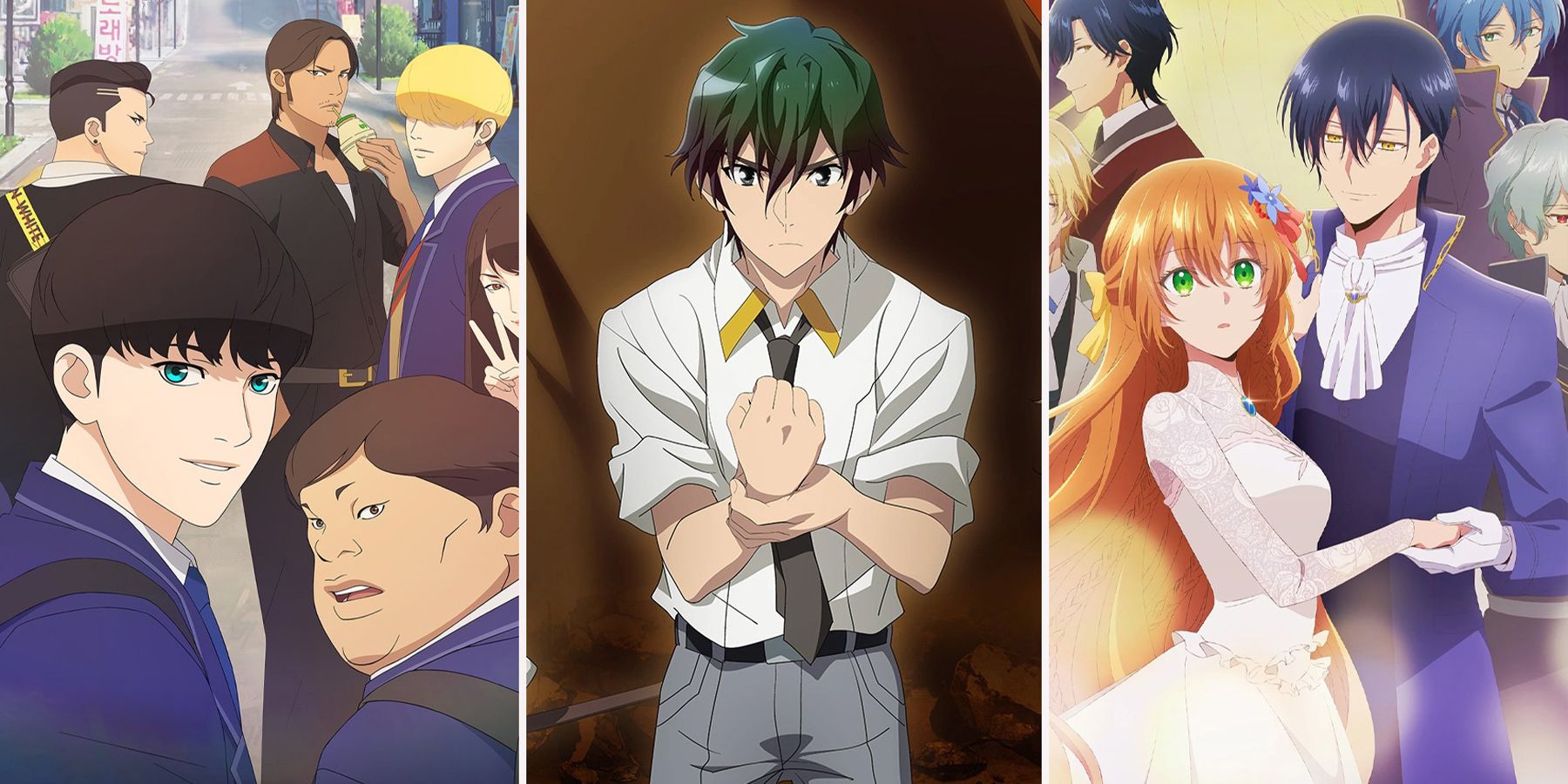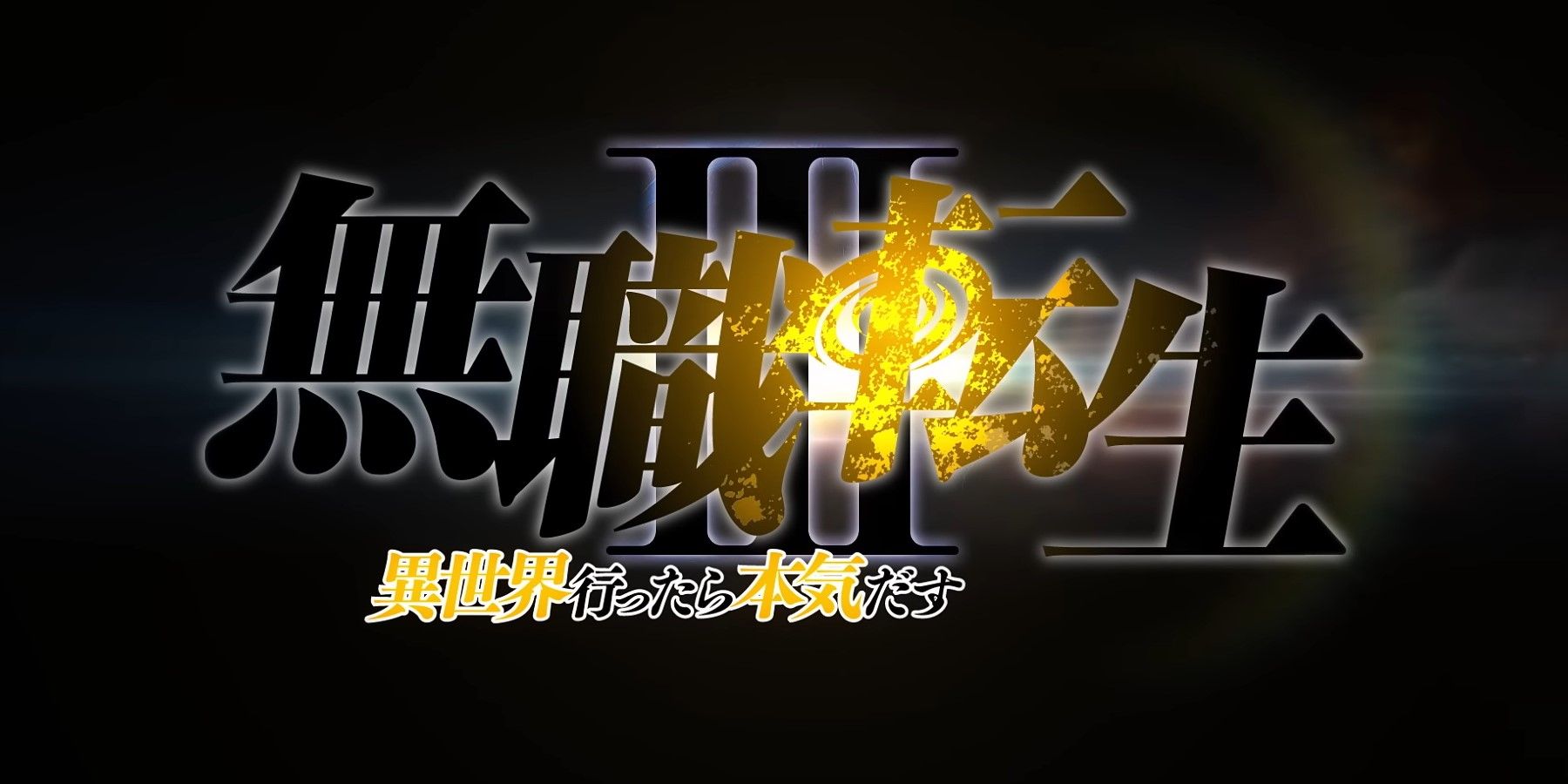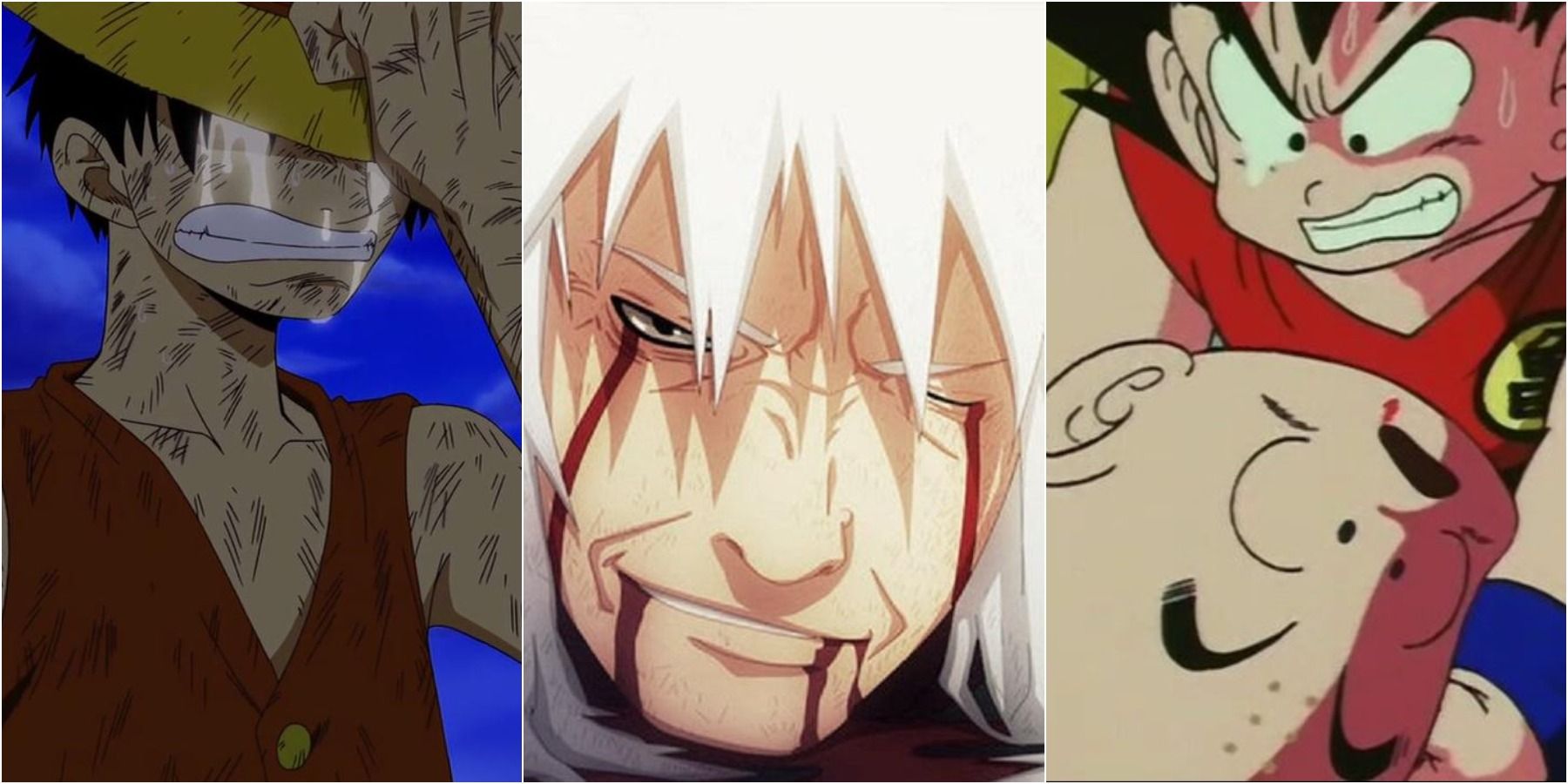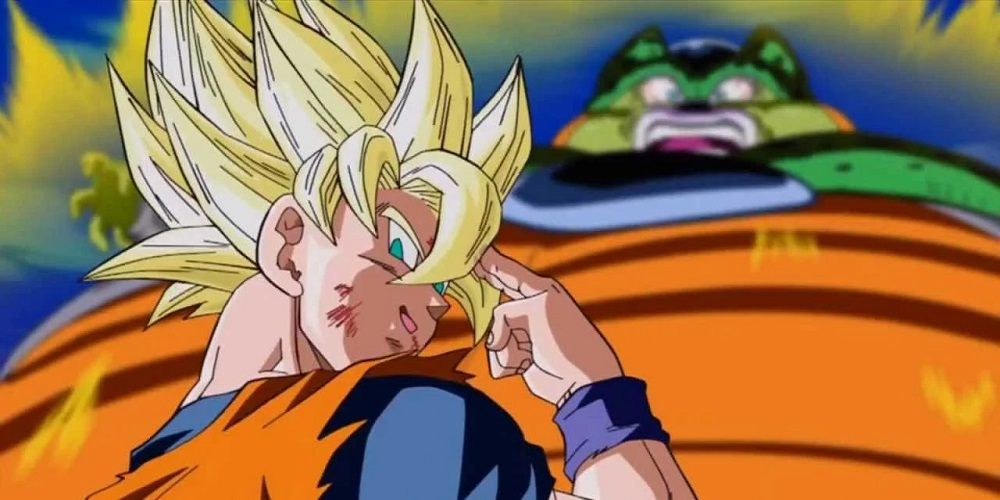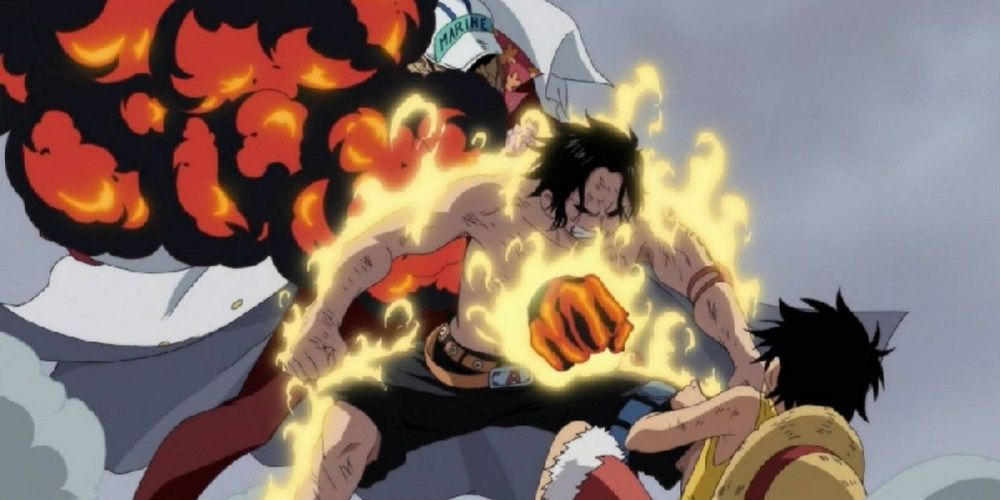Death is a powerful yet elusive concept in shonen anime and manga. The risk of it is implied to be constantly overhead, yet look back with some objectivity, and you'll be reminded of the power of plot armor. The protagonist is almost always safe, but the same can't always be said for their compatriots.
Indeed, often the most powerful and emotional deaths in anime and manga come from those who are closest to the main characters, or those who have become fan favorites. But for each of these moving, tear-jerking deaths, there are many more that feel botched and unnecessary. How and when should deaths among supporting characters be used as a plot device? And is there such a thing as too much or too little?
Is There Such a Thing as Too Many Deaths?
In terms of having many deaths, different series have dealt with it different ways. Some like Demon Slayer were all too happy to permanently kill off huge chunks of its supporting cast before it concluded, while others like Dragon Ball trivialized death by making it de facto impermanent. In both cases, the result is desensitization for different reasons. In the former case, the fact that nearly no life is guaranteed by the series' end is established very early on, and therefore fans are given some incentive not to fall too hard for any one character.
Alternatively, the fact that so many characters have died and been revived in the Dragon Ball franchise makes death seem unimportant. After all, whenever a character is needed alive, others just need to get some version of the dragon balls and wish it so. Nearly all of Dragon Ball's main characters have died at least once, sometimes being revived up to four separate times (looking at you, Krillin). Therefore, in the long run, death in Dragon Ball is functionally indistinguishable from losing but being left alive. And that's no fun. Dragon Ball Super wisely kept character deaths to a minimum, making this less of an issue than before.
Of course, fans of horror will argue that there isn't such a thing as too many deaths, and indeed there is some truth to that, just as there isn't such a thing as too few. Death is a valuable but ultimately optional plot device. What's really important in whether a death is worthwhile is how it moves its story's plot forward and how the moment itself is executed.
The Substance of Death
Most shonen series have a mixed record at best in terms of deaths among the supporting cast, regardless of their pedigree. For a series that deals heavily with death and the afterlife, many of Bleach's deaths, most notably that of Genryusai Yamamoto, feel cheap and underwhelming. Other times, such as Retsu Unohana achieving her dream of dying in battle while making Kenpachi Zaraki stronger, feel far more justified. All of Bleach's deaths do move the plot forward in some way; they can be considered structurally necessary. But in terms of how they're written, they come up short.
My Hero Academia's deaths have a similarly mixed effect. Sir Nighteye's demise was powerful and respectful of his role in the series, while that of Midnight felt poorly addressed and unnecessary. Indeed, this is the trend with most popular shonen series. It's extremely difficult to get fans to grieve without also making them angry and generating backlash. Perhaps that's why some series like Fairy Tail, Inuyasha, and Black Clover have largely avoided killing off supporting characters in the first place (so far). All of those "deathless" series are still fantastic and have large fanbases for a reason. But if a series can be successful without killing members of the supporting cast, why do so many authors try?
There are those rare authors and series that just seem to get it right every time when it comes to death. Naruto and One Piece stand out among the titans of shonen for having particularly compelling deaths. In both cases, they occur far and few between, but pack an unparalleled emotional punch while driving the narrative forward. The deaths of important characters like Asuma, Jiraiya, and Neji in Naruto all serve their own important purpose and are catalysts for the growth of those closest to them. And of course there's the loss of Rin Nohara, which set in motion Obito Uchiha's quest for revenge while also, along with Obito's seeming death, fundamentally changing Kakashi's personality.
Eiichiro Oda has always used deaths in One Piece as moments to connect to the greater story but also tug at the heartstrings. Ace's death at the end of the Battle of Marineford drives home Luffy's relative powerlessness at that moment. It also sends a powerful message that nurture is stronger than nature, with Ace thanking everyone for loving him despite his lineage as he passed away. Both Whitebeard and Gol D. Roger used their last words to refer to the titular One Piece as real, with world-shaking consequences. And inanimate though it may technically be, the sinking of the Straw Hats' first ship, the Going Merry, is one of the saddest and most powerful moments in the entire series and anime/manga as a whole.
If done perfectly, killing off a supporting character can lead to some of the most emotionally gratifying, memorable, and important moments in a story. But finding that balance is a tightrope walk, and authors are far more likely to falter along the way at least a few times. Yet the potential rewards inspire them to keep trying, for better or worse. They'd be wise to look back at the past and see how the best managed to pull it off.

